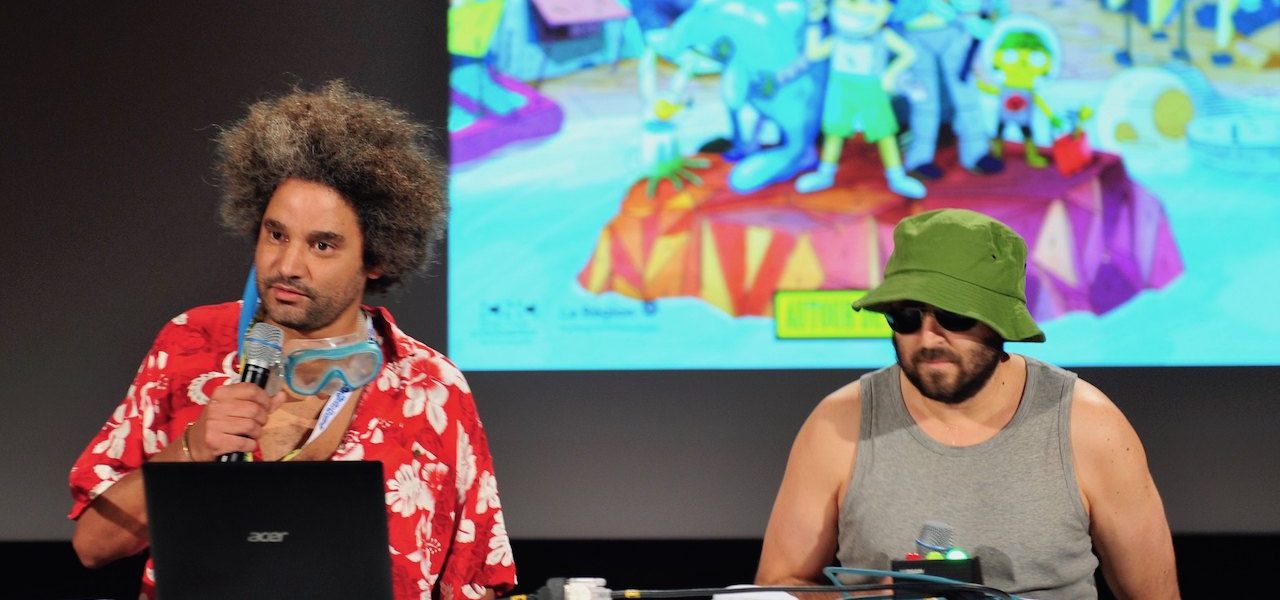
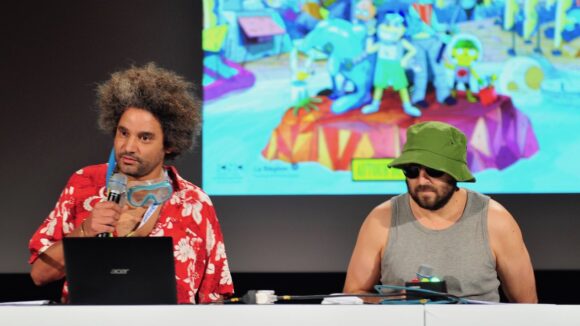
Cartoon Forum 2019: 5 Takeaways From This Year’s Edition
Europe may comprise dozens of countries, but sometimes its animation industry feels a good deal more streamlined than its American counterpart, where creators looking to get an animated series off the ground have little choice but to pitch to network after network, and hope that someone bites. European creators have an easier option: go to Cartoon Forum.
The event, whose 30th edition just wrapped up in Toulouse, France, follows a simple format. Creators and producers get half an hour in which to sell their idea for a series project to a room full of broadcasters, investors, streaming platforms, distributors, and other producers. One pitch, instant feedback, and plenty of chances to network. In a region where co-productions are the norm, Cartoon Forum has become a linchpin of the animation industry.
This year saw 85 projects (both series and specials) from 24 countries, representing a total budget of €327 million. Around 1,000 professionals were in attendance. By observing producers pitch shows in various states of development and production — to people who’ve seen countless such presentations before — one can learn a lot about how to navigate the industry. (I met a few who’d come, more or less, just to watch and learn.)
Brilliant projects can be undermined by shaky presentations, and vice versa. Some pitches are so entertaining that they end up distracting from the show itself. In the end, though, the decision makers can spot a show worth backing.
According to the organizers, around 40% of projects pitched at the forum go on to be produced. That still means more than half will never see the light of day. In any case, the three-day flurry of pitches gives context to changes taking place in the industry, and the ways in which creators are responding.
I’ve rounded up some of the more interesting projects I saw here and here. I’ll focus on socio-political themes at this year’s forum in a separate report. What follows is five general takeaways from the event.
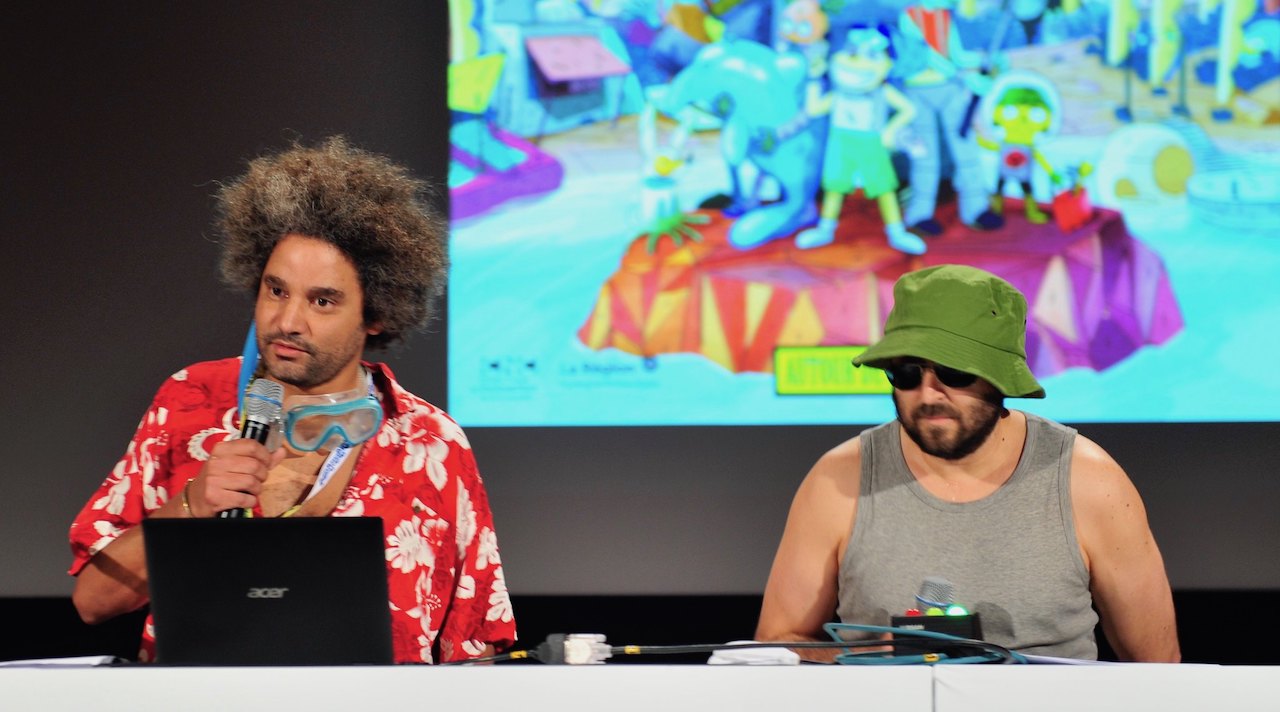
Streaming platforms are influencing content
This was evident from the program alone: alongside the usual linear broadcast formats, plenty of projects were listed as having unconventional episode lengths, like three or seven minutes. There were also several high-profile kids’ series with overarching seasonal narratives, like Lucy Lost and Calamity. These seem suited to streaming, which lets viewers binge the whole season in one go. They may also appeal to parents watching with their children; after all, adults are more likely to care about following a story across a dozen episodes.
The forum’s directors Annick Maes and Marc Vandeweyer noted a rise in projects for older viewers, adding that linear broadcasters have traditionally been “timid” in this area. There were 11 teen and adult projects at this edition, which marked a small increase on previous years.
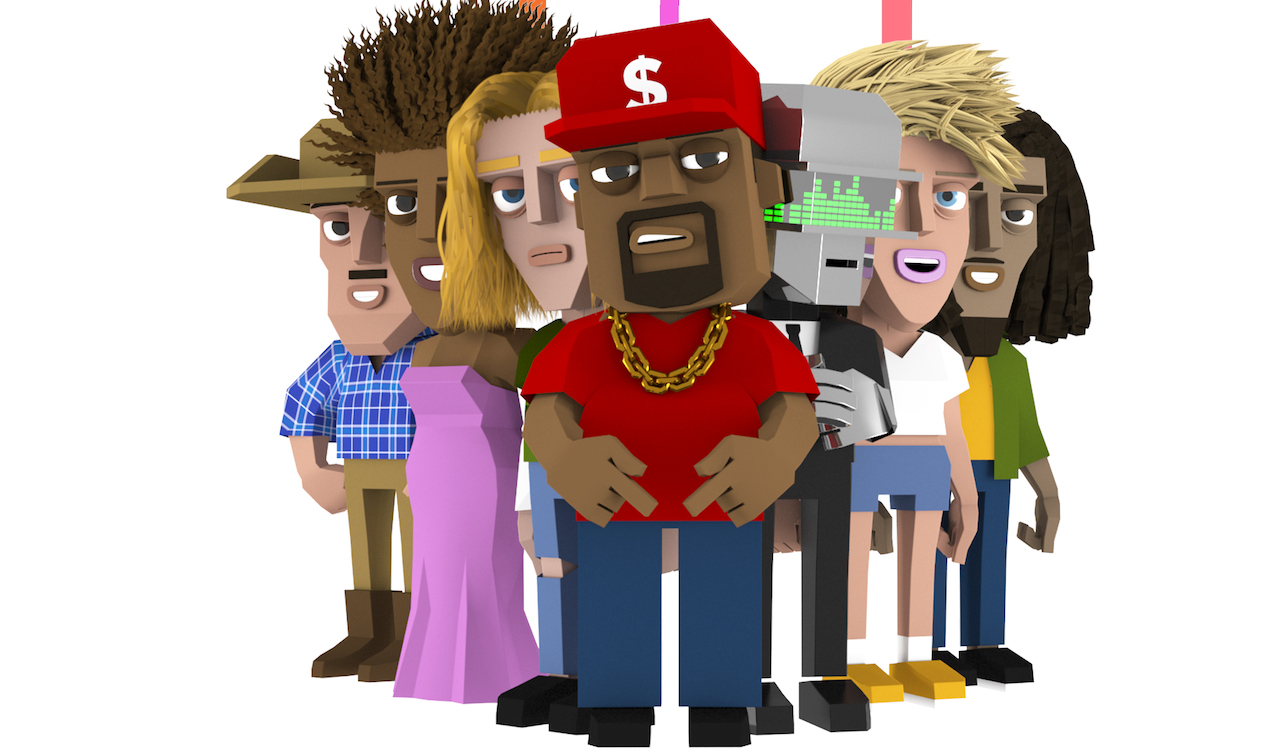
But this figure can be misleading. While three of the 20 best-attended projects were aimed at teens and adults, this number dropped to one (We Are Family; see below) when counting the attendance of investors only. Overall, series aimed at young children drew proportionally more investors.
Streaming is changing in itself
To put it bluntly: the market is about to explode. Disney, which is set to launch its streaming service Disney+ in November, and Warnermedia, which will follow with HBO Max in spring, were both present in Toulouse. But Apple, whose Apple TV Plus will also debut in November, was absent. So was Amazon, which is currently reorienting its original animation strategy toward older audiences.
Meanwhile, Netflix is going the other way. Having made its mark on animation with adult series like Bojack Horseman, the market leader is now charging into kids’ programming — a fact confirmed by Maes. Interestingly, Maes and her colleagues now have granular detail of who attends which pitches, thanks to a relatively new policy of scanning badges at the door.
Documentary series are an area to watch
Although it’s too early to speak of a clear trend, some of the most striking pitches this year were for (quasi-)documentary series. The most ambitious was The Ishmael’s Journey, in which a French Muslim father and daughter travel through history to learn how the great religions came to believe what they do. The most left field was We Are Family, which presents the history of pop music through the lens of collaborations between famous artists.
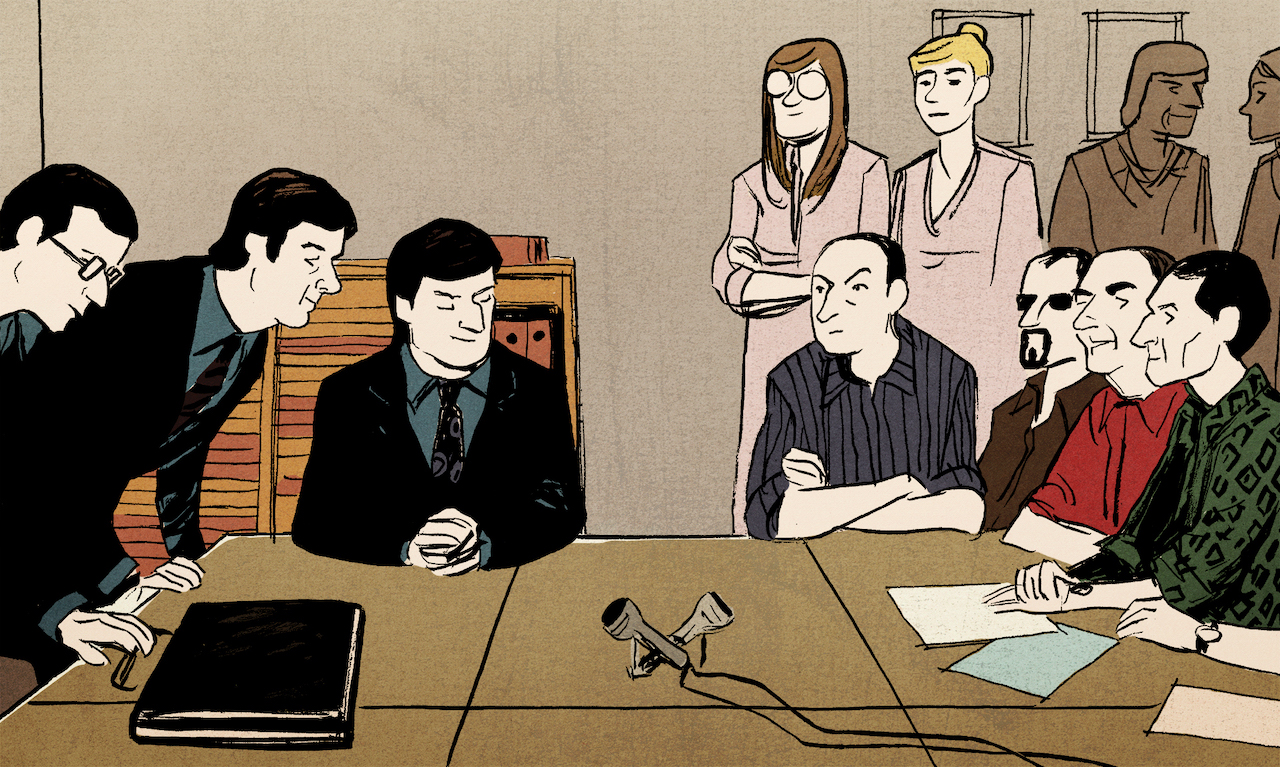
Some of Us was a promising hybrid project spotlighting the many forms that discrimination can take in sport; if the creators can put out even one or two episodes by next year’s Olympics, it could make waves. Then there was Struggles, a fictionalized retelling of the postwar history of labor activism in France and Belgium through three key events; like Some of Us, it incorporates archival footage.
On the whole, these projects are mature, ambitious, and lightly experimental with form and format. Most of them have universal themes. To my mind, their natural home would be a streaming platform. In the film world, animated documentaries are a flourishing genre. Why not in tv?
Producers like talking about “transmedia” content
Cartoon Forum showcases both series and transmedia works — that is, projects conceived across multiple platforms. Many presentations embraced this idea, promising books, apps, games, and web content galore. Maes noted a rise in the number of publishers in attendance, looking for potential tie-ins.
In some cases, the transmedia approach made sense. The producer of the Spanish series Captain Zheimer, which aims to educate children about old age and dementia, proposed spin-off comic books that could be distributed to schools, relevant charities, and so on. Dounia, a Canadian series that follows a girl’s emigration from war-torn Syria, follows on from an existing podcast that centers on the character’s earlier years.
Often, though, the talk of transmedia sounded like lip service, dropped into the pitch as a kind of buzzword, and barely justified as an element of the project.
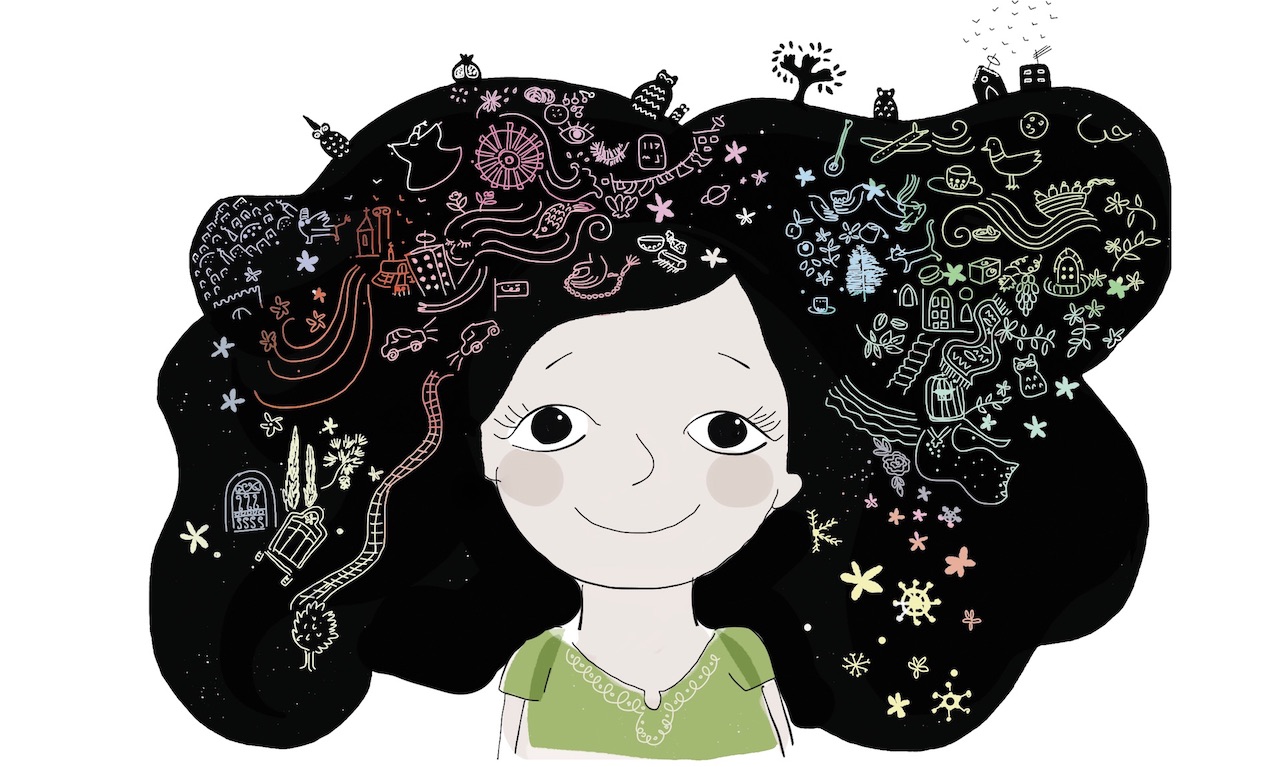
France still dominates, but other territories are on the rise
France, Europe’s top animation producer and the forum’s permanent host country, dominated the event, as it does every year. It had the most projects in contention by far (26), and was behind all ten of the best-attended pitches; the bulk of the more experimental, adult-skewing series were French. The nation’s sector is sustained by top schools and a system of generous public subsidies.
But this isn’t the whole story. The Nordic countries had a very solid 11 projects in contention, including five from Finland, which was the country of honor in 2017. There was also a strong showing from Belgium (nine projects), whose region of Wallonia was in the spotlight this year. Togo and Burkina Faso were represented as co-producers of Palimpsest’s Tree; African animation will draw more attention when Annecy Festival focuses on it next year.
Meanwhile, the UK — an animation powerhouse — only had four projects. As Brexit looms, a cloud of uncertainty is hovering over the country’s viability as a co-producer for Europe.

.png)